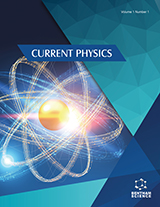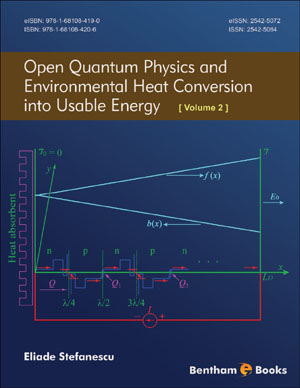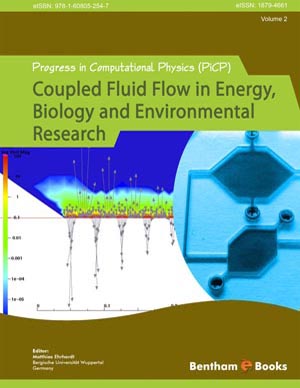Abstract
Ultraviolet (UV) radiation is used in several devices for various applications.
These applications include medical, research and industrial uses. Some of these
applications are fundamental tools for our modern era. These applications range from
visualization of DNA to eradication of dangerous diseases and microorganisms in the
air and water. While UV radiation is not energetic enough to be considered ionizing
radiation and is treated as less hazardous, it is the form of non-ionizing radiation that is
closest to the ionization region. UV radiation does have the ability to break chemical
bonds and can pose significant hazards to humans. These hazards may include
discomfort, temporary loss of sight or impairment, permanent loss of sight, or cancer.
To mitigate the hazards from UV exposures, the hazards must be assessed, and
administrative controls and engineering controls should be utilized. Federal regulations
and guidance regarding UV hazard assessment and mitigation for the end-users of UV
devices are not currently robust, but the American Conference of Governmental
Industrial Hygienists (ACGIH) has provided some useful information for assessment.
Keywords: Administrative controls, Biosafety cabinet, Crosslinker, Engineering controls, Germicidal lamp, Transilluminator, Ultraviolet, UV hazards.













